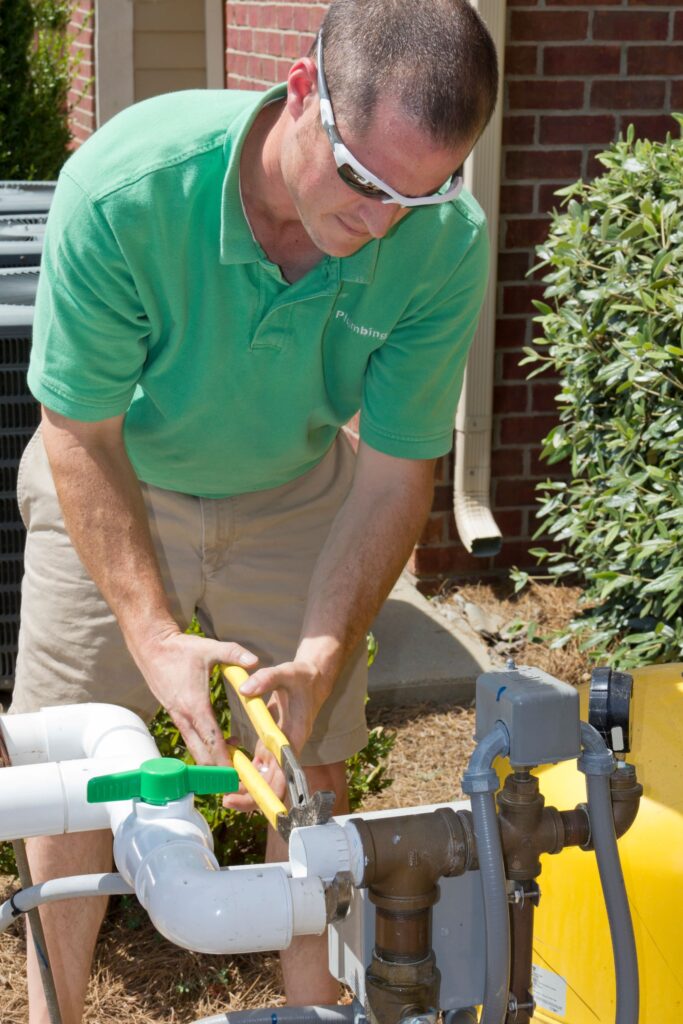Diaphragm Pumps 101: 5 Things You Should Know

Diaphragm pumps offer exceptional functionality in diverse industrial settings. From the bustling laboratories of the pharmaceutical sector to the demanding environments of water treatment plants, these devices are essential components of various processes. They offer a unique blend of simplicity, versatility, and reliability, making them the preferred choice for many applications.
This article outlines key aspects of these pumps that you should understand. Keep reading to discover all the details!
- An Overview Of Diaphragm Pumps
Diaphragm pumps, known for their unique, flexible discs or diaphragms, operate by expanding and contracting this core component. These movements create a vacuum that draws fluid into the pump, then expels it with force. The fluid flow within the devices is regulated by strategically placed valves that allow substances to move in only one direction. This is crucial, especially when dealing with sensitive or corrosive materials, where absolute consistency and control are paramount.
Reputable brands such as KNF USA offer an impressive selection of diaphragm pumps designed for different applications. Whether you're equipping a small lab or a massive industrial complex, there's a diaphragm pump built to address your specific requirements. This adaptability and the pump's effective control mechanisms make it a preferred choice across diverse sectors.
- Types Of Diaphragm Pumps
There are two main types of diaphragm pumps, each designed to cater to unique operational needs: air-operated double-diaphragm (AODD) and electric diaphragm pumps.
AODD pumps are powered by compressed air. They draw in air, compress it, and use it to drive the diaphragm's movement. These robust, low-maintenance pumps are ideal for challenging environments where reliability is key.
Electric diaphragm pumps, on the other hand, rely on an electric motor. As the motor spins, it drives the diaphragm's rhythmic motion. These models offer a higher degree of control and efficiency, making them an excellent choice when electricity is readily available and precise fluid control is required.
- Benefits Of Diaphragm Pumps
Here are the significant benefits of diaphragm pumps:
- Self-Priming: Unlike other pumping systems, diaphragm pumps don't require filling before use, thereby simplifying the setup and priming process. This feature can be a real time-saver, especially in busy industrial environments.
- Versatility: Diaphragm pumps can handle fluids of varying viscosities, from thin, watery liquids to thick substances and even those that contain solid particles. This versatility makes them suitable for a broad range of applications.
- Run-Dry Capability: Resilient by nature, diaphragm pumps can operate without fluid and won't experience any damage. This condition is known as ‘running dry’ and is incredibly useful in situations where there's an inconsistent fluid supply.
- Leak-Proof Design: Their seal-less design minimizes the risk of leaks. This enhances operational safety and reduces the frequency of maintenance, making them a cost-effective option in the long run.
By understanding these unique advantages, you can leverage the full potential of diaphragm pumps, ensuring optimal performance in your applications.
- Choosing The Right Diaphragm Pump
Selecting the right diaphragm pump is crucial; it must align perfectly with your needs. Here are some critical factors to consider:
- The fluid you're pumping: Understanding the fluid's characteristics is essential. Is it thick or thin? Does it contain solids? Answering these questions will help determine the pump's compatibility with the fluid.
- Performance: Estimate the quantity of fluid you need to move and at what pressure. These details will guide you in figuring out the pump's size and power.
- Power source: A reliable power source is vital. Electric pumps thrive where there's a consistent electricity supply. Conversely, AODD pumps might be more suitable in environments where power is irregular.
Lastly, pay attention to the material of the pump. Ensure its compatible with the fluid to prevent corrosion, ensuring a long and productive pump life.
- Maintenance Tips For Diaphragm Pumps
Despite their robust nature, regular maintenance of diaphragm pumps can keep them performing optimally. Here are some essential maintenance tips:
- Regular Inspections: By conducting regular check-ups, you can spot signs of wear and tear early and deal with them before they escalate into major problems.
- Diaphragm Replacement: The diaphragm acts as the heart of the pump, and a worn-out one can affect its performance. Replacing a damaged pump promptly keeps it in top condition and prevents damage to other components.
- Regular Cleaning: Cleanliness isn't just about aesthetics. Accumulated dirt and debris can lead to wear and tear, affecting your pump's performance. So, ensure regular cleaning to enhance pump efficiency and prolongs its lifespan.
Most importantly, consider scheduling professional servicing periodically. Experienced technicians can identify and handle complex issues that may not be evident to the untrained eye. They can also fine-tune the pump for optimal performance, ensuring you get the most out of your equipment.
Essential Tips For Diaphragm Pump Users
Here are some additional tips to help you maximize your diaphragm pump's potential:
- Train your team: Make sure everyone involved with the pump's operation is adequately trained. This can prevent mishandling and unnecessary downtime.
- Troubleshoot: Even the most reliable diaphragm pumps can occasionally encounter issues. Knowing how to troubleshoot these problems can swiftly get your operations back on track. If a problem arises, follow the troubleshooting guide in your pump's manual. And if this doesn't solve the problem, it's best to seek professional help. Remember, it's better to fix problems correctly than quickly.
Additionally, always adhere to safety protocols when operating or servicing your pump. Safe practices not only protect your team but also help maintain the integrity of your equipment.
Conclusion
Diaphragm pumps offer numerous benefits and are versatile enough for various applications. Understanding their operation, types, advantages, and maintenance can help you make the most of these robust and reliable pumping systems. Stay informed and make the right choice for your pumping needs.

